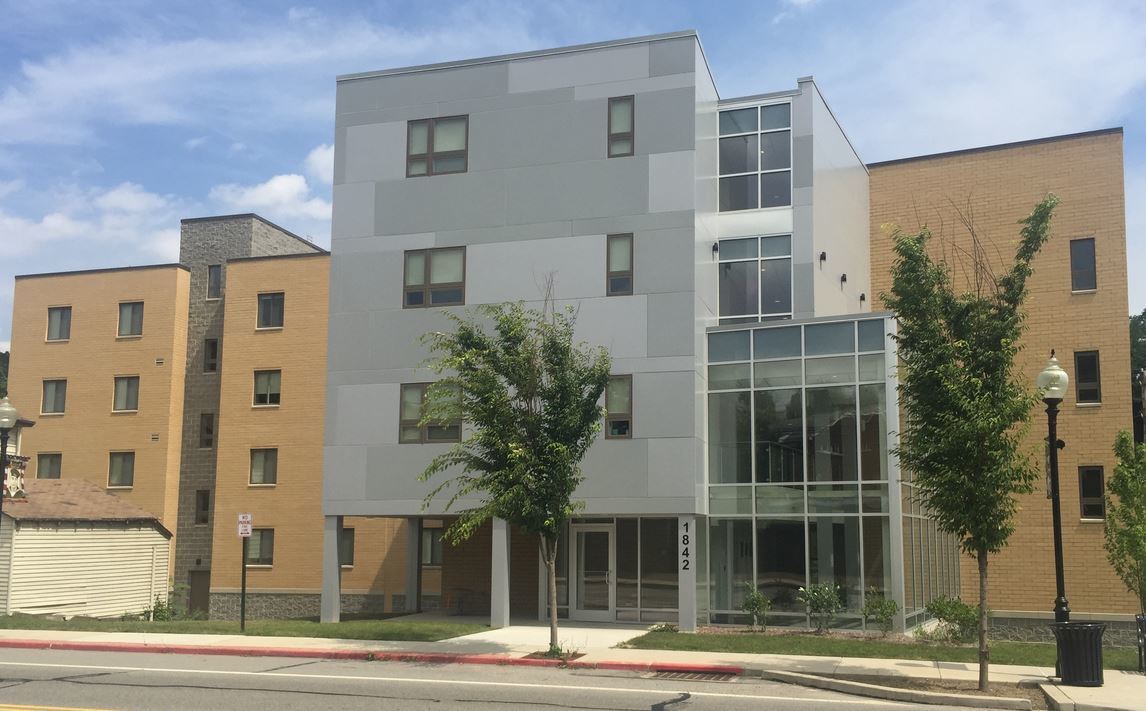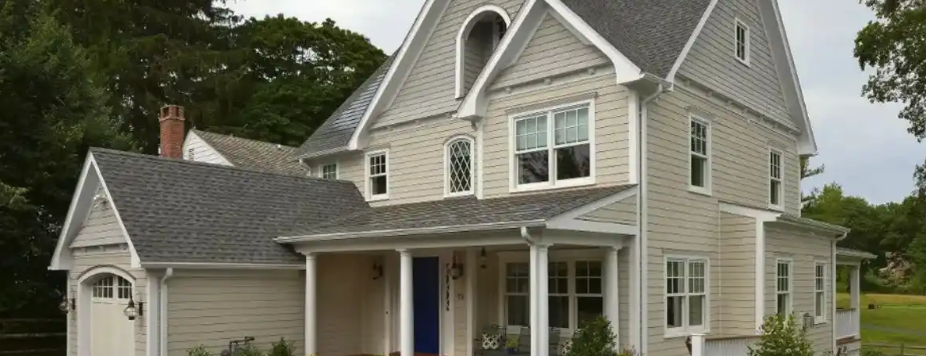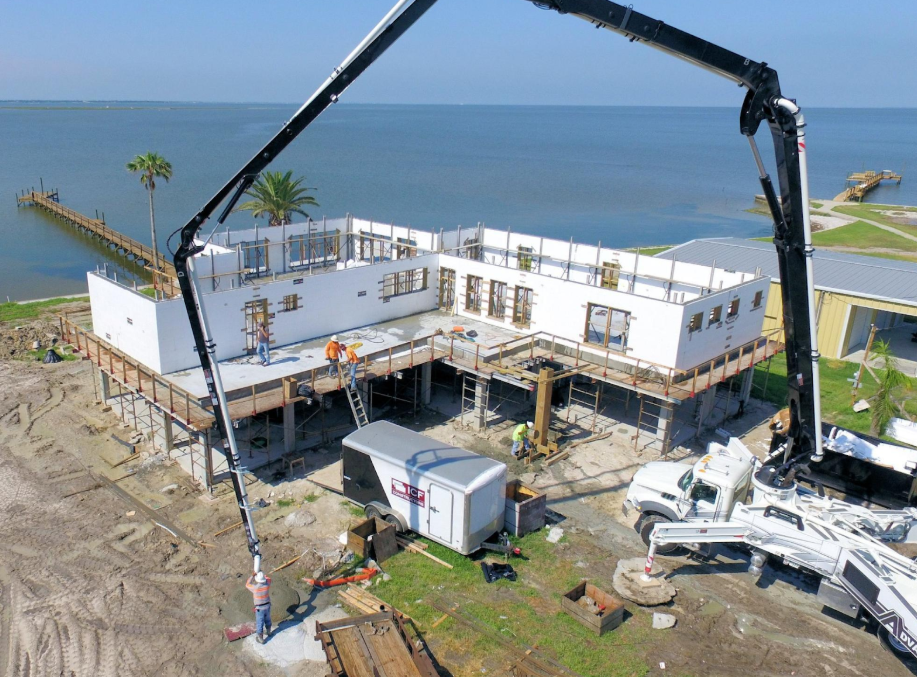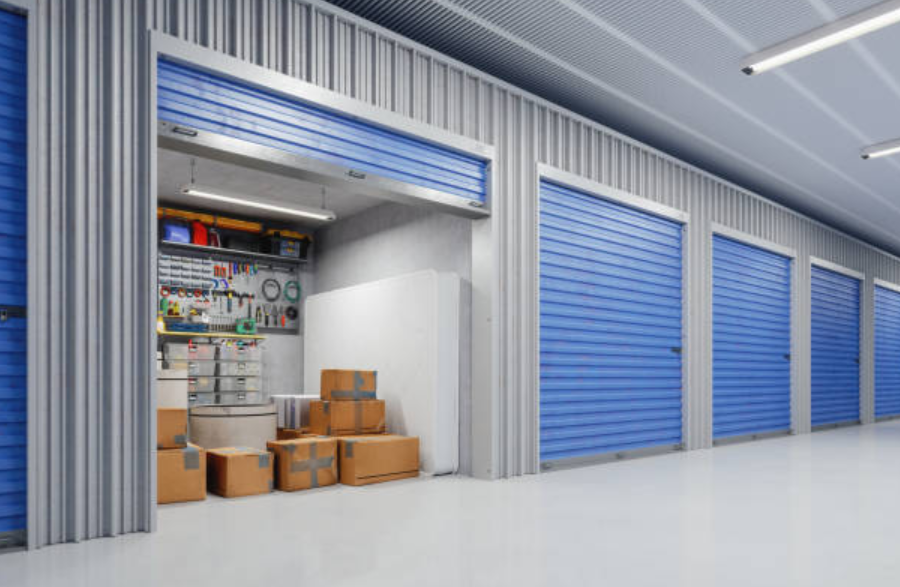
How to Build Multi-Story Buildings Faster
Whether it’s a high-rise residential apartment building or a commercial complex, the quicker a multi-story building is constructed, the sooner it can start generating revenue.
How does the ICF block get secured to the foundation?
The ICF blocks are held in place with either low expansion spray foam or a metal starter track. The bracing/alignment system, typically installed after the 4th course of block, also supports the ICFs in place. Once the concrete is in the wall there is no concern with the forms moving. The concrete is connected to the footing with reinforcing dowels.

Different Ways to Build a House: 7 Best Options for New Construction

14 Benchmarks for Improving Your Construction Business

What is Concrete Pumping and How Does It Work?
Concrete pumping has changed the way contractors place concrete on job sites. Rather than hauling heavy loads in wheelbarrows or relying on cranes and buckets, a concrete pump delivers liquid concrete through a system of hoses, pipes, or booms — directly to the point of placement.

RANCH HOUSE POOL
This owner-builder wanted an attractive, affordable relaxation spa that he could build himself on weekends. He designed the project to replicate a wine barrel protruding from the ground, inviting one and all to enjoy a glass and stay awhile.

Flexible Construction: Can ICFs be Poured in Multiple Stages?
Order Samples

How Much Does It Cost to Build a Self-Storage Facility?

Decoding Net-Zero Homes: Understanding the Concept and How to Build